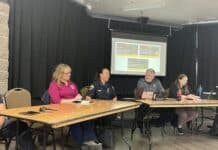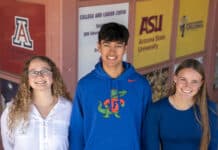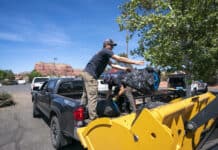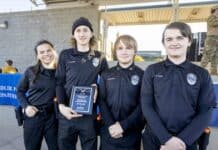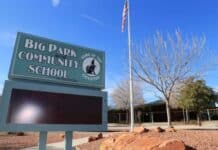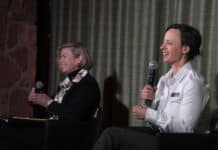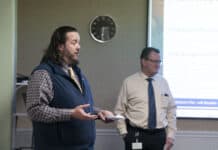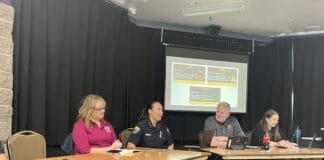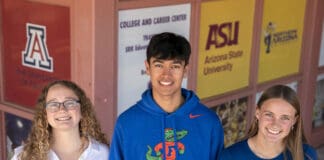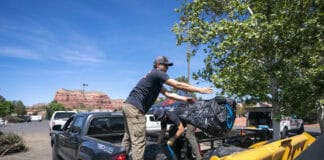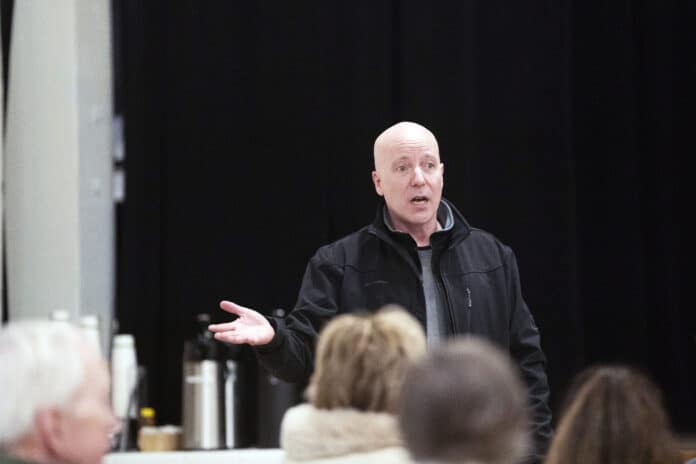
The Verde Valley School held an open house for several dozen Village of Oak Creek residents and staff on Saturday, Jan. 20. The gathering took place the day after the end of a public comment period the school held on the development of about 90 acres of its property that it has named the Southwest Ethnobotanical Education Destination.
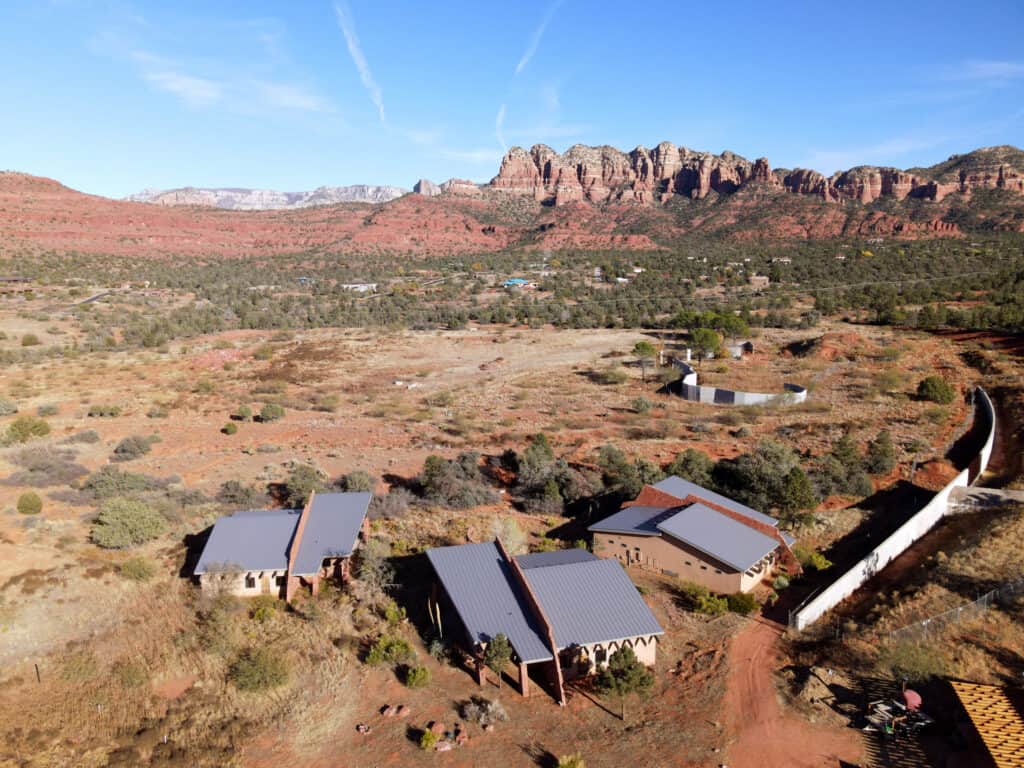
The school is also in the process of working to grow its endowment, which it relaunched in June with $160,000 in funds in partnership with the Arizona Community Foundation.
“We are trying to build an endowment as a separate fund. So far this year, we’ve received $8,000 in contributions to the endowment,” Lee said.
VVS’s annual fund has raised $182,075 of its $300,000 goal for the school year as of last week, with an average donation of $934.
The biggest change that parents will be seeing is a $10,000 increase in annual tuition for day students, as the day rate will be increasing from $23,000 to $33,000 for the coming school year. The rate for boarding students will be unchanged.
“We have greatly simplified our process of applying for financial aid,” Lee said. “Every year, we give out about a million and a half dollars in financial aid to make it possible for students to come to attend our school. That’s nearly 50% of our students who are receiving some kind of financial aid.”
Starting in the fall, VVS will also be moving to continuous enrollment, which means that the school will be assuming that all students will be enrolling every year and that families will have to opt out of enrolling.
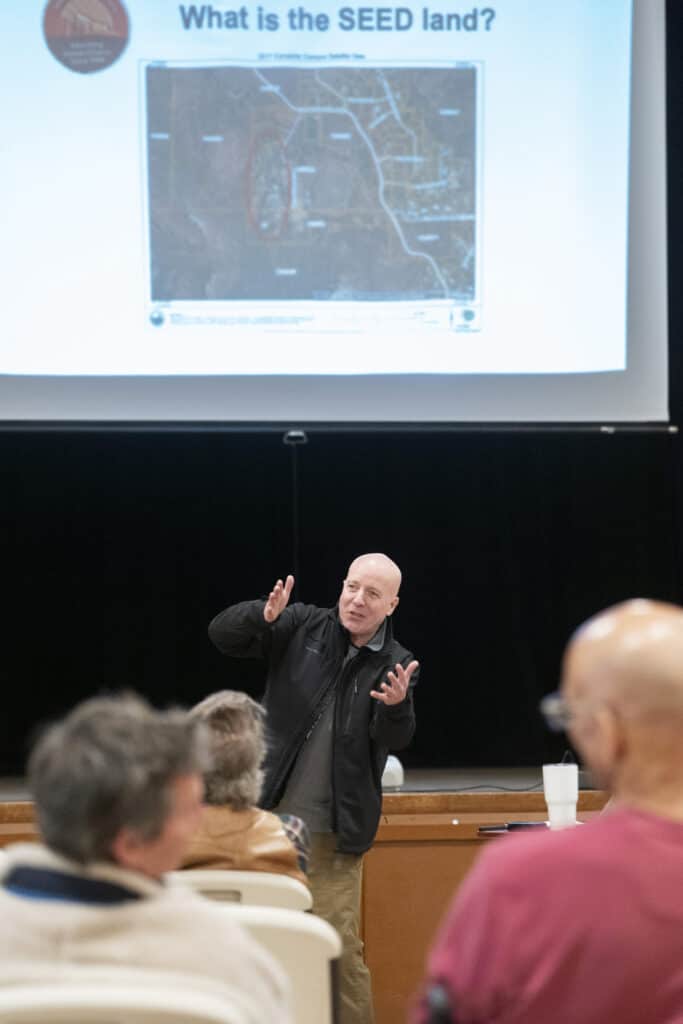
“For the following school year, we will be moving to something we’re calling family individualized tuition,” Lee said. “This is a model that we have studied, that other schools have implemented primarily on the East Coast, where independent schools are more common. But the idea is that when a family applies in ninth grade, at that point, we will give them their tuition [cost] which will be stable, plus or minus 2% or so, for the duration of their child’s enrollment in [VVS] … We know we can count on receiving that tuition income from that family for the four years of high school. For their part, families will never again have to deal with a $10,000 price increase.”
VVS Associate Director of Admissions Zane Dickey said he doesn’t believe that the $10,000 price increase will cause a decrease in local students enrolling as day students “because of what we offer … it’s a great education.” He also thinks that Arizona’s Empowerment Scholarship Account program will cushion enrollment.
“Because Arizona offers the ESA, that really is helpful, because it keeps some similar pricing,” Dickey said. “So with the ESA, for local day students, it really comes out to a couple grand increase. You get about $8,000 for the ESA.”
VVS started the spring semester with 103 students, 60 of whom were boarding students and 43 of whom were day students.
“It’s probably around 10 who have made use of the ESA program this year,” Lee said. “We are in the budgeting process for next year and we are absolutely increasing our financial aid budget for our students.”
The COVID-19 pandemic response also affected the school’s enrollment. There has been a 50% decrease in the number of enrolled international students. Recent recruitment efforts have focused on Guatemala, Colombia, Brazil, Panama and Brazil, and Lee said he is optimistic that will translate to having more international students enrolled by the fall semester.
“Every day I wake up, [I think] how can I get more people here?” Lee stated before addressing recent outreach efforts such as hosting local nonprofit Big Park Regional Coordinating Council.
Lee mentioned that the school is also looking at bond financing. Because of its 501(c)(3) status, it is able to raise money through tax-free or tax-exempt bonds to fund capital projects.
SEED
“Lacking a significant endowment now, VVS needs to develop ancillary revenue sources in the near-term to generate the income we currently don’t receive from an endowment,” the VVS Board of Trustees stated. “Our current opportunity, therefore, is to create a strategic plan not about how to educate kids during the school year, but about other possible revenue sources. The board believes the SEED land [former Camp Soaring Eagle land] and buildings are the most likely areas we might develop to generate non-tuition revenue.”
The school’s survey on how to develop its surplus land received about 80 responses. One of the most popular suggestions was “stargazing, creative events and gatherings.” Others included “affordable housing; business incubator; campgrounds and RV hookups; Meow Wolf, with a focus on vortex mysteries; pickleball courts; and regenerative agriculture and sale of fertilizer produced.”
“With [VVS] Board [of Trustees] approval we will forge a strategic agreement that unlocks access to 90 acres of land for pioneering regenerative agriculture demonstrations and will provide the seed money for an endowment for the Verde Valley School,” Michaels’ office said in a Jan. 11 letter to the BPRCC. “This collaborative effort has also entailed partnering with Dr. [Ethan] Orr of the University of Arizona to actively pursue USDA funding, providing crucial support for these innovative initiatives.”
“What she says she’s hoping to do is to get a group of people, ranchers, other property holders, farmers, people from the [University of Arizona] together to try and do a test of this idea that we can recover the health of our soils and our land by having grazing animals on them,” Lee said. “What she told us is that her next step is to try and get a group of people together to talk about this and see what might be done.”
No action was taken by the board with regards to Michaels’ presentation on regenerative agriculture, which Board of Trustees Chairwoman Tamara Cook said was “just one more” option for use of the SEED land.
Cook stated that the board will develop more concrete plans for the SEED land over the summer, and that before any buildout can take place, the school needs to complete $20,000 in survey work for a new fire access road and increased wastewater capacity, both of which would need to be constructed before any development of the SEED project.
Several other maintenance projects that need to be completed include roof repairs on seven buildings at an estimated cost of $150,000, refurbishment of the floors in Brady Hall and a cooling system for the girls’ dormitory.
Semester Overview
Lee opened the meeting by giving a recap of the fall semester. This included Caleb Kulfan, the school’s International Baccalaureate music teacher, receiving the Arizona International Baccalaureate Schools Program Teacher of the Year award in September, and the death of math teacher Jeanne Roblez Howell during a flash flood while hiking at Bryce Canyon National Park in Utah.
“She was amazing, inspirational, a fantastic math teacher, a pillar of the community,” Lee said. “One of the things that we all remember so fondly about her was that she always dressed up in crazy costumes. Her life-spirit was so powerful and such a valued piece of our school … She was a force of nature. We miss her terribly. But I also feel like in some ways, we’re dedicating this year to her because she was such a special part of the community and so tragically passed away just one week into school.”
Student Council
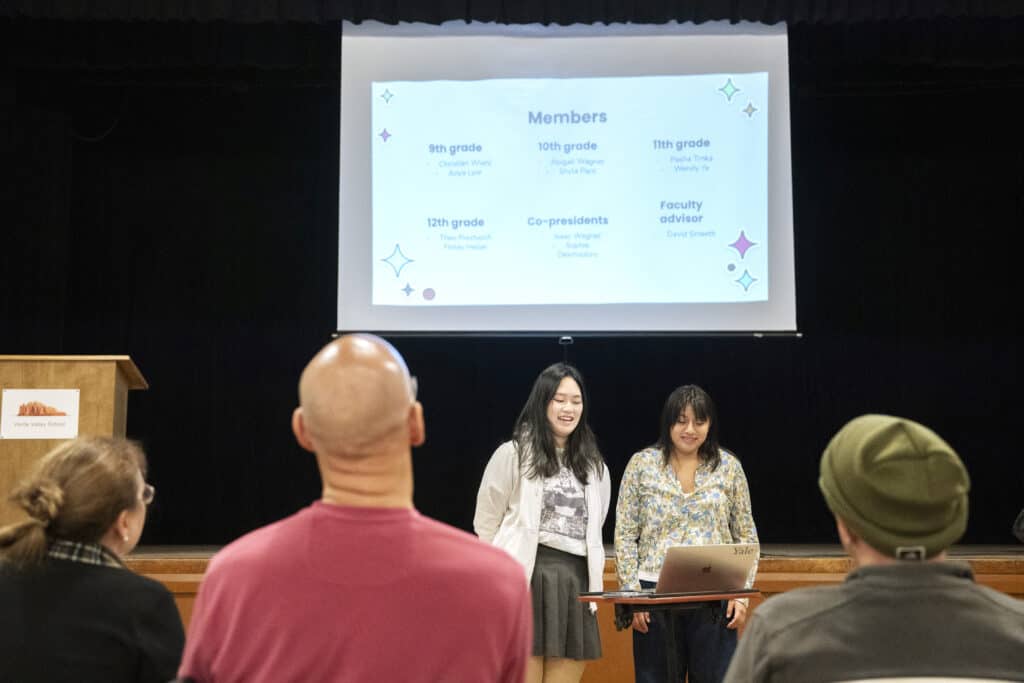
Following Lee’s presentation and a question-and answer-session, VVS senior and co-president of the student council Sophie Desmoulins and junior class leader Wendy Ye gave a brief presentation to the board about how they recently formed the VVS Student Council.
“In past years, VVS has not had [a] structured student governance body,” Desmoulins said.” So this year, my co-president Isaac Wagner, and my faculty advisor, David Smeeth [and] we realized the importance of this, so we created [a] student council.”
The council was formed at the start of the school year and consists of two members representing each grade, along with two co-presidents and Smeeth as the faculty advisor. The body has four standing committees for the snack shack, governance, community and dance.
Comments and suggestions about how VVS should develop its property can be submitted to Ben Lee by email at blee@ vvsaz.org or by mail to 3511 Verde Valley School Road, Sedona, AZ 86351.


